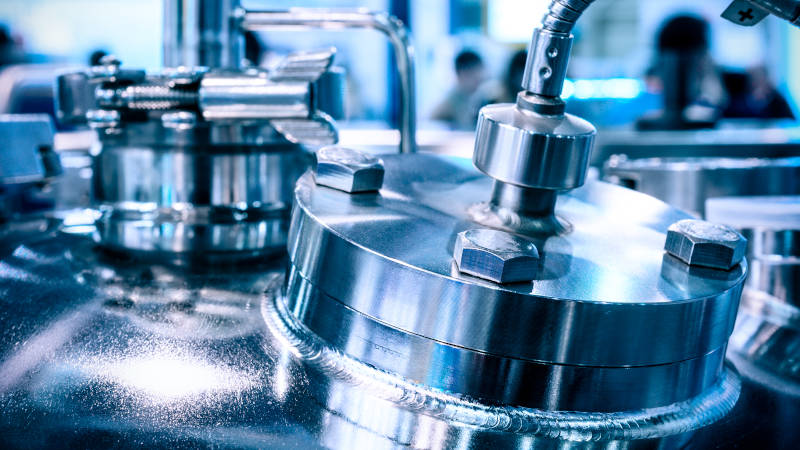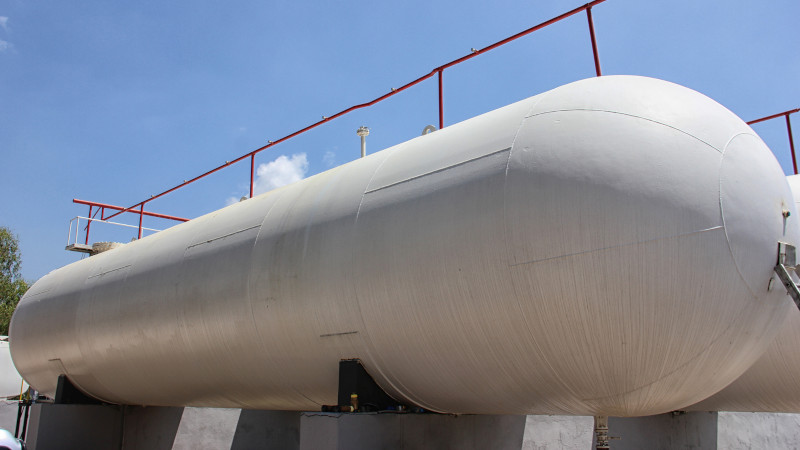A Short Guide to the 3 Main Types of Pressure Vessels

Chances are that you have encountered a pressure vessel, but you didn’t know about it. There are three specific types of pressure vessels that you may have heard about. We are going to look at each of these types and what they do. Here are the different types of pressure vessels.
Storage Tanks
Storage tanks are the pressure vessels that most people think of. They store gases and liquids for different industrial processes. They usually will store things like fuel oil, liquified chlorine and hydrogen and other chemicals that need specific industrial storage equipment.
Process Vessels
These are used for agitating, breaking down, removing, or combining products in controlled environments. There are four sub-types of process vessels:
● Drums – Used for collecting byproducts or letting vapor escape during processes
● Reactors – Use agitators or catalysts for creating the desired reaction inside the vessel.
● Columns – Use devices for transferring mass for mass separation or transfer processes
● Gravity Separators – Divide the streams of material with different phases, like separating vapors and fluids.
Heat Exchangers
These transfer heat between the medium. This is done for
● Properly storing products
● Optimizing energy use
● Facilitating specific processes
The tube and shell, which is the heat exchanger that’s most commonly used, transfers heat through lots of tubes in a shell that’s pressurized. One kind of liquid goes through those tubes, and another will flow over those tubes. This transfers heat from one liquid to another.
We hope that you found this information about pressure vessels interesting and that you learned something today.






